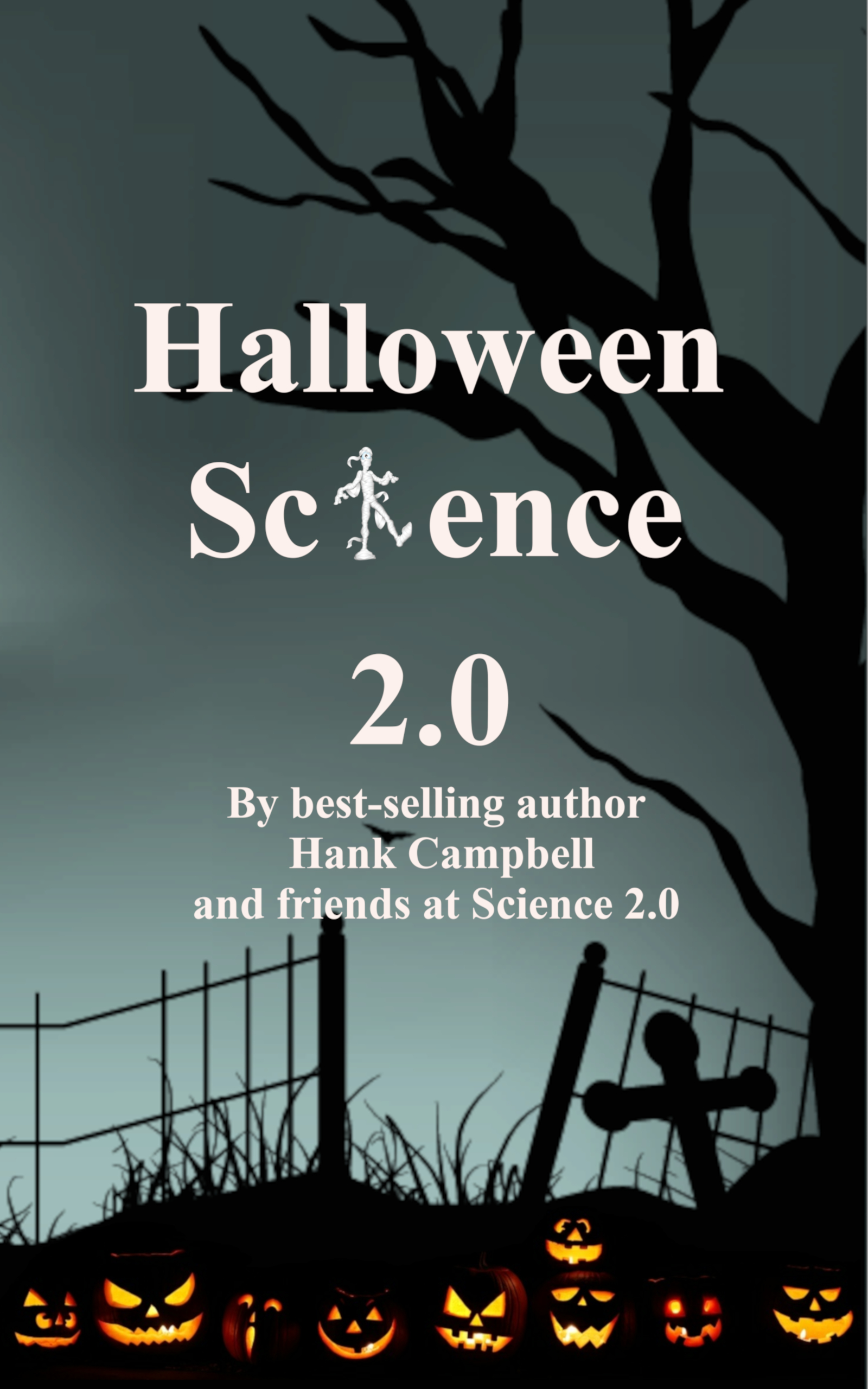 Image credit: Depositphotos
Image credit: DepositphotosIn 2025 it’s hard to argue that social media are not to blame for much antisocial and suicidal behavior among preteens and teens (e.g., Orben and Matias 2025). The harms of online bullying, deepfake nudes, and fringe conspiracies, all present on social media, were exacerbated by the Covid-19 pandemic, years in which young people were buried in their screens.
These ill effects may seem obvious. Yet science has not proven a straight line of causation from heavy social media use to young users’ tragic behavior. And it was science – the science that led to flat screens, data transmission, and a graphic interface on the internet – that led, and led quickly, to social media in the first place.
This article looks at the new and more complicated relationship between science and technology, between scientists and scientists, and between tech firms and us. It remarks on critical issues of private costs versus collective costs, on the tension between the near future and the farther future, and on the tech bros’ alleged efforts to keep matters confused. These difficult problems have to be faced, as artificial intelligence gains prominence in our lives.
Science and technology: Closer yet farther away
The term “technoscience” meant a disappearing boundary between science and technology, that is, that science and technology had become more closely entwined. That closeness came from being able to translate sci to tech more rapidly than ever before. It did not imply, as we can now see more clearly, that science can quickly assess the impacts of the technology.
Technoscience still obtains, with progress from lab to market still speedier than ever. But technology development and productization are outpacing scientific assessment. Science and technology are simultaneously moving closer to each other and farther away from each other.
Orben and Matias (2025) allege that Silicon Valley types take advantage of this fact, pushing their tech products onto the market while declaiming that “the science is not yet certain” about their risks. Going farther, these authors aver that the technology companies “hold back research that could improve our understanding of the… impacts.”
In this the Musk-type tech bros and the MAGAs have a common interest. That is, to impede university-level science research and education. One, so that science won’t impede product sales; the other, so that science won’t threaten political power.
Distinctions and tensions
Speed of diffusion through the market is another metric to watch. In this regard, digital products are a special case. These are available almost instantly, everywhere. The marginal “freight cost” of moving digital products internationally is close to zero. Sanctions, a la TikTok, fears of data piracy, and companies’ slowness to digitize their operations slow the diffusion of digital products’ uptake, but do not slow the speed across geographies of these products’ availability.
Quoting an unnamed French philosopher, Hogan and Iles (2025) remind us that “If you invent airplanes, you invent plane crashes.” True enough, but one cannot expect a Wright brothers era researcher of aerodynamic lift and drag to have foreseen the chances of a Boeing 727 crashing – or the consequences of crashes.
On the contrary, the computer scientists whose work led to social media technology are not the same scientists who assess the harm; those will be psychiatrists, sociologists, economists and epidemiologists. Coming late to the party, these social scientists must quickly gain a working understanding of a complex technology “from the outside” (Orben and Matias, op cit.). The immediate global impact of today’s innovative (particularly, digital) products strains the boundaries of traditional technology assessment (Phillips and Oh, 2016).
We have missed the opportunity to settle the private cost vs. public cost dilemma. This is embodied in Americans’ traditional reluctance to make private entities pay for the social costs they cause – most dramatically, in our failure to dun mining and petroleum companies for air, soil and water pollution and the associated health problems. In our digital media case, we thus find it outlandish to think of charging Twitter or Facebook for the costs of therapy for under-insured youth, or for victims’ commitment and care in state institutions, or for the ultimate reduction in GDP due to the loss of bright young minds.
Lag in social measurement
Such charges would be very much justified. The hurdle, though, is measurement. Once again, the techies take advantage of the extreme difficulty of putting a dollar amount on the damage caused. Costing damage directly attributable to a particular company would rest on a tower of assumptions that would topple in a courtroom.
We also suffer from a dearth of metrics for balancing the near future against the far future. Adam Becker (Gomez-Marin, 2025) delivers a book-length critique of how the “sinister ideology” of Elon Musk and his ilk over-emphasize space colonization, augmented humanity, and the AI singularity, at the expense of terrible current problems of “poor education, unsafe foods…” and a long list of others.
There is clearly tension between the immediate future and the farther future. We don’t know, though, how much tension. We know that people put more importance on events that are close in time and space (Linstone 1972-3). Different people discount the future at different rates, however, and opinion surveys will reveal the public’s ever-shifting coefficients of discounting. The measurement problem persists.
Live forever, or die trying
Hogan and Iles’ (2025) mostly plausible novel about tech bros pursuing extreme longevity exposes that pursuit’s illogic. One bro remarks that their group has made the same mistake their shark tank hopefuls do: They’ve chased a cool idea without testing the market. Ordinary people, it turns out, have a slew of plausible reasons not to want to live to 150. The bros’ company hires a futurist consultant to lay out social consequences of the product – generational warfare, pension busts, and so on. The company ignores all these, and charges ahead.
The longevity treatment proves appealing mostly to the uber-rich, as astute readers will have anticipated. Amusingly because it’s a fictional death, one of the American bros, having built his survival bunker in New Zealand, dies from experimenting with alternative longevity supplements. His widow, not wanting to live in NZ without him, sells the land and the private jet, and fires its pilot.
What to do?
Wim Naudé (who 20 years ago succeeded me as associate director of Maastricht School of Management) concludes his new book (2025) with “a simple solution to avert further economic decline: the oligarchs' grip must be broken.” Adam Becker agrees, but his reviewer Gómez-Marin (op cit.) considers this recommendation simplistic. Could we not instead persuade oligarchs to work on current social problems? That alternative has been frequently suggested, but no one among the super-rich, save perhaps Bill Gates and Warren Buffett, has changed their focus in a more positive social direction.
“We must urgently fix this science-policy ecosystem,” state Orban and Matias (op cit.). These authors offer questionably realistic ways to do it. Certainly by speeding up science, possibly with the aid of AI. Almost certainly, as Orban and Matias suggest, by legislating thresholds of evidence that may be less than traditionally scientific yet sufficient for policy action – something similar to the distinction I put forward (Phillips 2017) between statistical significance and managerial significance.
But also by clarifying whether there is a “science-policy ecosystem.” Former NIH director Francis Collins casts doubt on the idea (Atlantic 2025), stating, "When you mix politics and science, you just get politics."
Even were we to have the speed, the analysis, and the knowledge, how will we control the technology? Another American cultural habit is to forgo legislating blanket prohibitions on product sales, but only to impose conditions, such as cigarettes must come with a warning label, and booze may not be sold to children. Europeans are less squeamish, using the GDRP and the Digital Markets Act to fine the likes of Apple and Google for alleged overreach.
Difficult as it is to craft, update, and enforce legal limits on social media use, it will be much harder to cope in such ways with “longevity pills.” By letting everyone live to 150, the pills would have a far more drastic impact on society than social media have done – tragic as the latter has been in many cases. Sounds wild, but people are seriously working on extreme longevity.
Closer to home, though: Why do we urgently need to answer the questions raised here? Two words: Artificial intelligence. It’s gaining traction in business, government, and daily life, and we really, really don’t know what we’re in for.
Cited works
The Atlantic Video (2025) Interview with Francis Collins. https://www.facebook.com/share/v/1ZQ1Zga5Ur/
Gómez-Marin, A. (2025) Review of Adam Becker, More Everything Forever: AI overlords, space empires, and Silicon Valley’s crusade to control the fate of humanity. Science (388)6744, 18 April, p.256.
Hogan, T. and A. Iles (2025) The Forever Factor. Laughing Dog Publishing, Austin.
Linstone, H. (1972–73) On discounting the future, Technol. Forecast. Soc. Change 4 335–338.
Naudé, W. (2025) The Economic Decline of the West: Guns, Oil and Oligarchs. Springer Nature.
Orben, A. and J.N. Matias (2025) Policy Forum: Fixing the science of digital technology harms. Science (388)6743, 11 April, pp.152-155.
Phillips, F. and D.-S. Oh (2016) “Technology Assessment and the Social and Human Impact of Innovation.” Bulletin of the Atomic Scientists, 72(6), 402-411.
Phillips, F. (2017) A perspective on Big Data. Science and Public Policy, 1–8.
Fred Phillips is Visiting Professor at SUNY Stony Brook, and President of TANDO Institute. He is Editor-in-Chief Emeritus of the international journal Technological Forecasting&Social Change, and the 2017 recipient of the Kondratieff Medal, awarded by the Russian Academy of Sciences. His latest books are What About the Future? (Springer 2019), Smart City 2.0 (World Scientific 2023), and Learning and Teaching Aikido (World Scientific 2021).




Comments